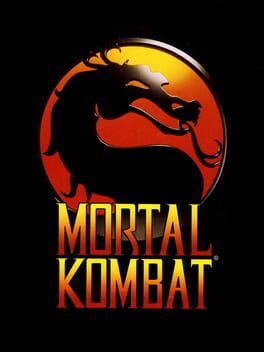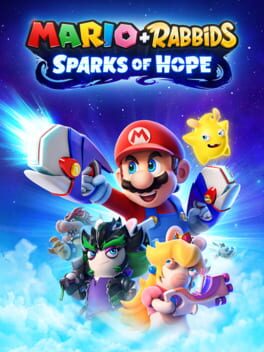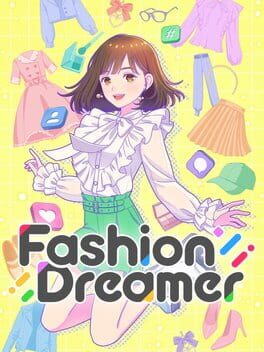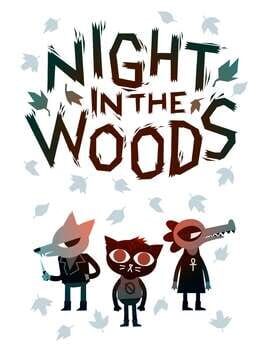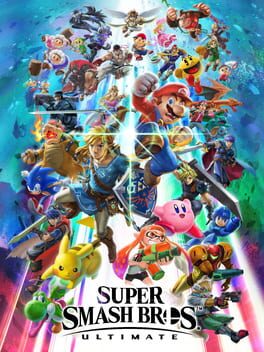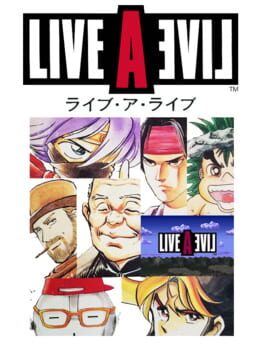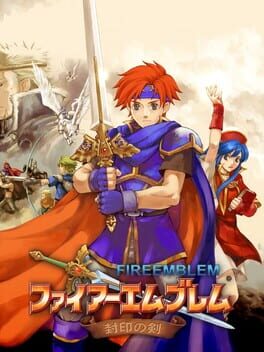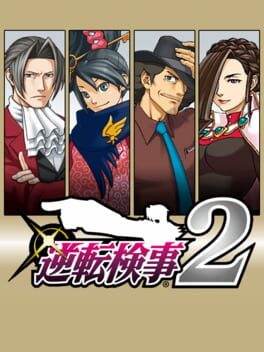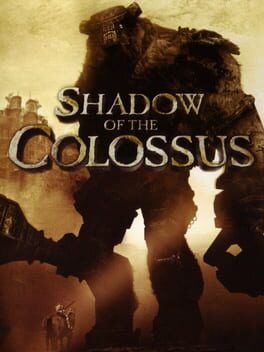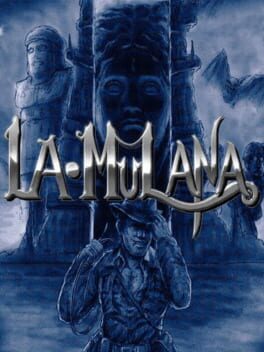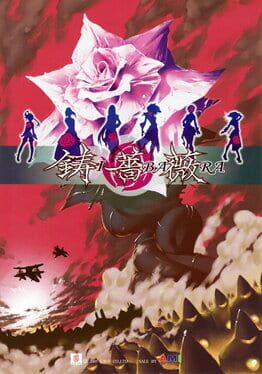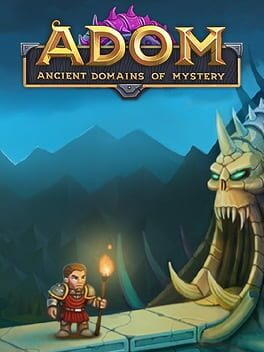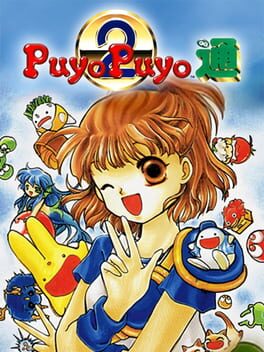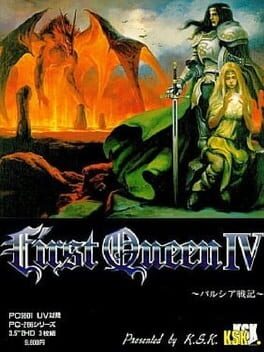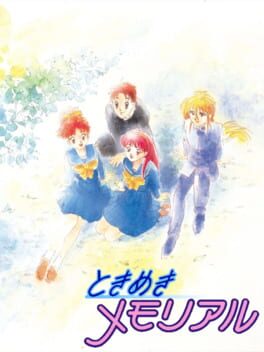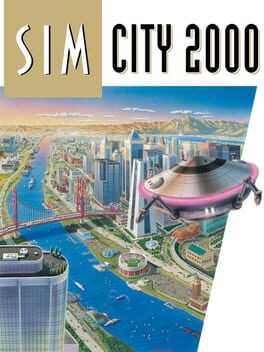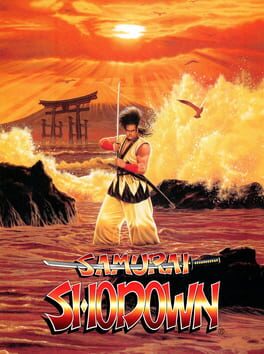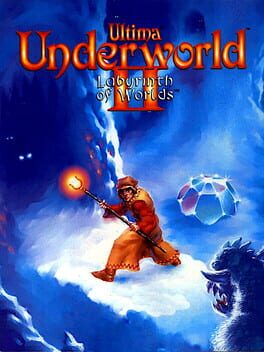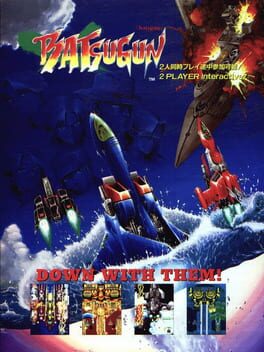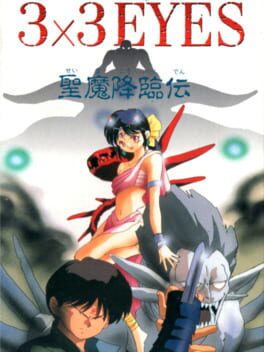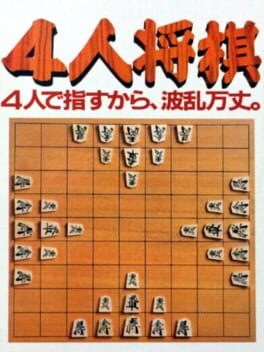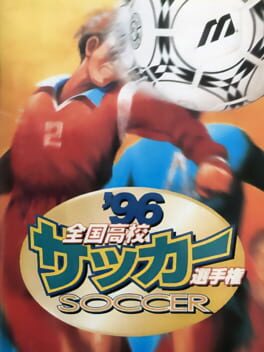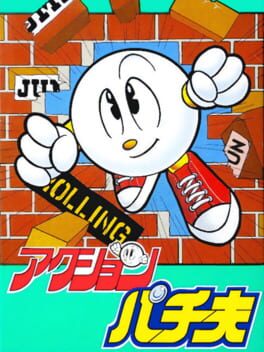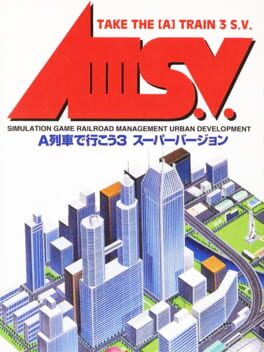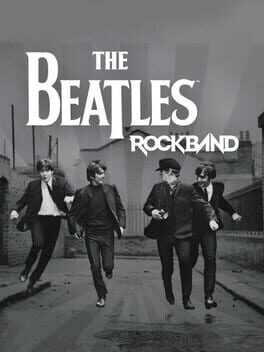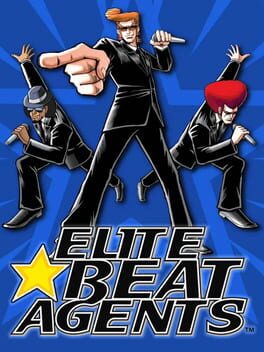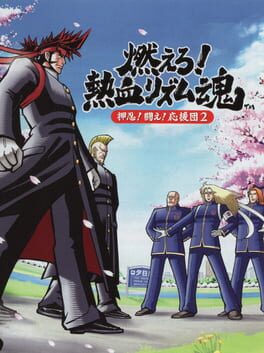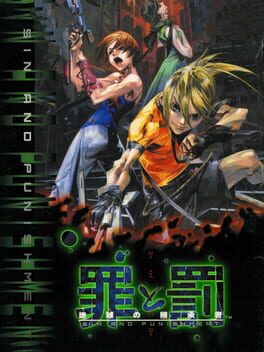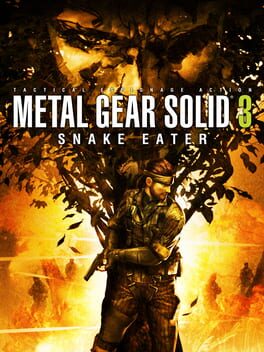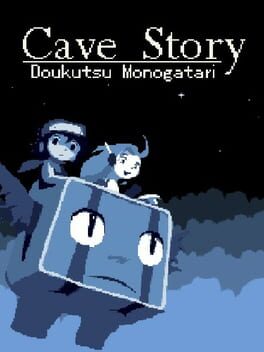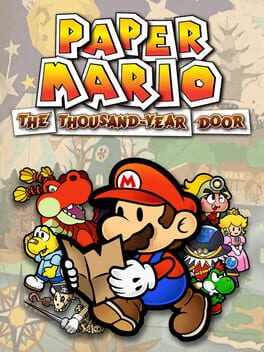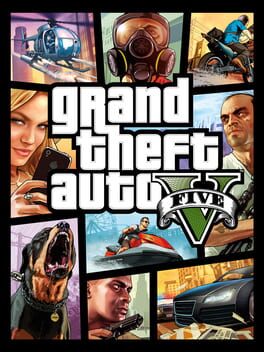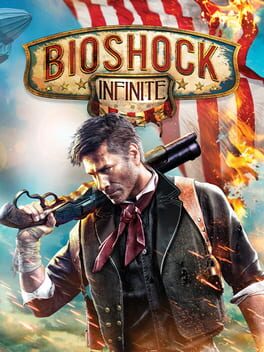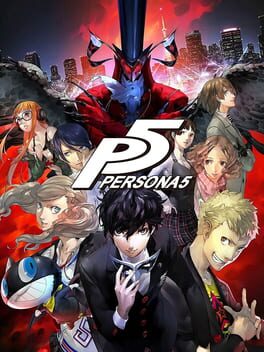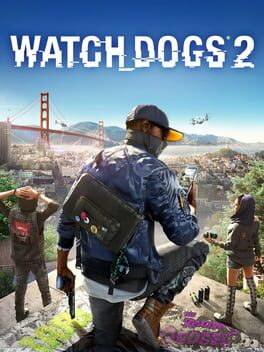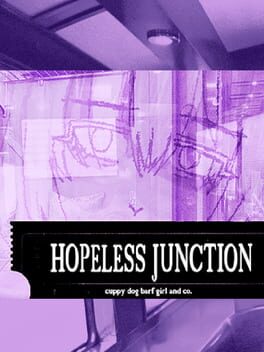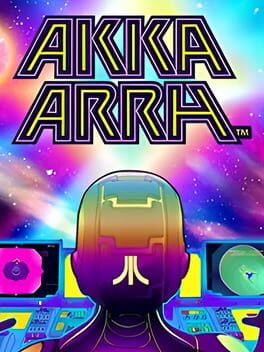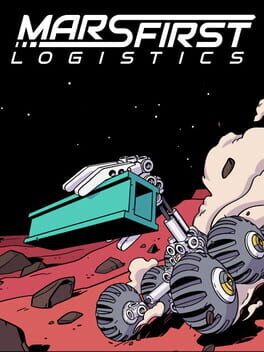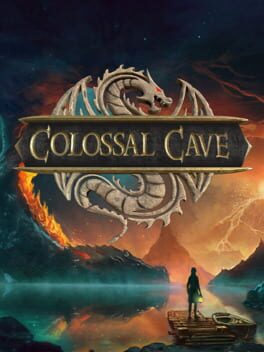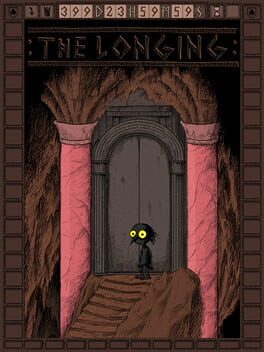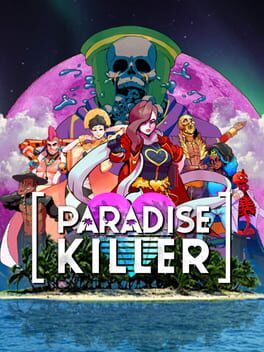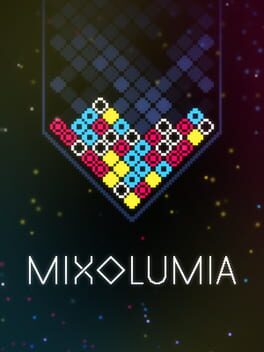Holleywood
6 reviews liked by Holleywood
Mortal Kombat
1992
Mortal Kombat inflicted more collective brain damage to gamers than any other release. Thirty years later, many people still believe fatalities are cool rather than repetitive novelties.
This game has an embarrassing lack of depth. Fighting game characters should be distinguished by more than appearances and a couple of special moves. The basic techniques (rapid jabs, sweeps, etc.) all look and feel the same from combatant to combatant. There's a reason for the laziness: MK banks on blood to enrapture its audience. (What an absolute joke it was back in the 1990s seeing critics pretend this crap rivaled Street Fighter II.)
The fatalities themselves are not even that interesting in hindsight. That's because MK functions like pornography. Pornographic thrills in media grow more explicit to satisfy people's unending lust. The fatalities of today are much more gruesome and intricate. Even if they repulse someone, they grab more attention. The original finishers have thus become irrelevant to all but the most nostalgic of fans. With MK, you can't get no satisfaction because it's all about temporary highs, as opposed to timeless gameplay.
Resist the urge to pat MK on the back for being the most playable of the old fighters with digitized graphics. Transcending the likes of Pit Fighter and Way of the Warrior is like being able to back your car out of a parking spot with no accident, as opposed to ramming the vehicle into a stationary object. MK is the bare minimum for people who don't care about craft in video games.
This game has an embarrassing lack of depth. Fighting game characters should be distinguished by more than appearances and a couple of special moves. The basic techniques (rapid jabs, sweeps, etc.) all look and feel the same from combatant to combatant. There's a reason for the laziness: MK banks on blood to enrapture its audience. (What an absolute joke it was back in the 1990s seeing critics pretend this crap rivaled Street Fighter II.)
The fatalities themselves are not even that interesting in hindsight. That's because MK functions like pornography. Pornographic thrills in media grow more explicit to satisfy people's unending lust. The fatalities of today are much more gruesome and intricate. Even if they repulse someone, they grab more attention. The original finishers have thus become irrelevant to all but the most nostalgic of fans. With MK, you can't get no satisfaction because it's all about temporary highs, as opposed to timeless gameplay.
Resist the urge to pat MK on the back for being the most playable of the old fighters with digitized graphics. Transcending the likes of Pit Fighter and Way of the Warrior is like being able to back your car out of a parking spot with no accident, as opposed to ramming the vehicle into a stationary object. MK is the bare minimum for people who don't care about craft in video games.
The thrill is gone. Mario + Rabbids Kingdom Battle brought demented genius to tactics by reimagining the possibilities of tile-based movement, simplifying hit accuracy (making battles more dangerous than expected), and flipping the morbid tone of XCOM on its head. This sequel drains Mario + Rabbids of its irony. Sparks of Hope offers more characters, fights, powers, and overworld exploration, but all these extras create a more plodding experience with predictable outcomes.
Sparks of Hope is adequate. Exploiting the unique advantages of Mario, Rabbid Mario, newcomer Slash, and the rest of the cast remains an engaging, albeit easier, proposition. It's better if you find your back against a wall, as when one scenario whittled my party down to Luigi, which forced me to carefully snipe at three enemies for numerous turns until I was the last thing standing.
But such moments are unlikely due to the addition of Sparks. Sparks resemble the Summons creatures from the Final Fantasy series, only they make combat much more lopsided in your favor, even if you crank up the difficulty setting. In addition to giving your party members passive stat bonuses, Sparks can be called upon during battle and enhance your already formidable list of abilities. Absurdly, each character can equip two Sparks. Unless you're new to turn-based tactics, there's no reason why you shouldn't dominate the competition with this overwhelming amount of game-breaking possibilities.
It doesn't help that Sparks of Hope lacks enemy variety despite ratcheting up the number of encounters to a gluttonous degree. The level-gaining potential is so high that you'll rarely be unprepared or caught off-guard.
The biggest disappointment in Sparks of Hope lies in its bullshit promise of increased spatial freedom. The game claims to take away the tiles that characterize tactical games, but the tiles are merely invisible now. Why pretend that limited spacing for character positioning doesn't exist? It's one of the most idiotic gameplay features ever conceived.
Similarly, the introduction of real-time factors, like ticking bombs and wind gusts, don't actually translate Sparks of Hope into a more dynamic game. Ubisoft could have gone wild with this concept. Foes waiting their turn could have unpredictably come alive for all-out brawls. Party members could have been synchronized for innovative combos. Environmental factors could have transformed areas into meat-grinding lessons of attrition and resilience. Instead, everything can be measured and foreseen. Sparks of Hope is just another proponent of ego-stroking modern design, where players sleepwalk through their uneventful gaming lives.
Sparks of Hope is adequate. Exploiting the unique advantages of Mario, Rabbid Mario, newcomer Slash, and the rest of the cast remains an engaging, albeit easier, proposition. It's better if you find your back against a wall, as when one scenario whittled my party down to Luigi, which forced me to carefully snipe at three enemies for numerous turns until I was the last thing standing.
But such moments are unlikely due to the addition of Sparks. Sparks resemble the Summons creatures from the Final Fantasy series, only they make combat much more lopsided in your favor, even if you crank up the difficulty setting. In addition to giving your party members passive stat bonuses, Sparks can be called upon during battle and enhance your already formidable list of abilities. Absurdly, each character can equip two Sparks. Unless you're new to turn-based tactics, there's no reason why you shouldn't dominate the competition with this overwhelming amount of game-breaking possibilities.
It doesn't help that Sparks of Hope lacks enemy variety despite ratcheting up the number of encounters to a gluttonous degree. The level-gaining potential is so high that you'll rarely be unprepared or caught off-guard.
The biggest disappointment in Sparks of Hope lies in its bullshit promise of increased spatial freedom. The game claims to take away the tiles that characterize tactical games, but the tiles are merely invisible now. Why pretend that limited spacing for character positioning doesn't exist? It's one of the most idiotic gameplay features ever conceived.
Similarly, the introduction of real-time factors, like ticking bombs and wind gusts, don't actually translate Sparks of Hope into a more dynamic game. Ubisoft could have gone wild with this concept. Foes waiting their turn could have unpredictably come alive for all-out brawls. Party members could have been synchronized for innovative combos. Environmental factors could have transformed areas into meat-grinding lessons of attrition and resilience. Instead, everything can be measured and foreseen. Sparks of Hope is just another proponent of ego-stroking modern design, where players sleepwalk through their uneventful gaming lives.
Baldur's Gate 3
2020
Fashion Dreamer
2023
Do I desperately miss the stories and the business management elements? Yes.
Is the handling of gender and bodies cowardly and prejudiced? Yes.
Is there a BAFFLING lack of a neckware category? Yes
Do I get a bigger rush than anything else in my entire life when someone deems my avatar worth making a thoughtful outfit for, or when they like an outfit that I made for them? Yeah man. Yeah. Sorry. Can't help it. Nothing like it.
Is the handling of gender and bodies cowardly and prejudiced? Yes.
Is there a BAFFLING lack of a neckware category? Yes
Do I get a bigger rush than anything else in my entire life when someone deems my avatar worth making a thoughtful outfit for, or when they like an outfit that I made for them? Yeah man. Yeah. Sorry. Can't help it. Nothing like it.
Night in the Woods
2017
Sometimes it's easy to write a review of the game, you just say what you think about the game. With this one I needed to try few times.
This game story is really good, it touches many aspects of our lives, like what does it mean to be adult, how to be a good friend or a good person or why sometimes there are no good choices. Maybe we will not get straight answers from this game for our problems, but it can change something in us.
Main characters of this game are well designed and you can feel their problems of everyday life from our lives as well. You should play it twice for full story of them. Secondary characters are also great and most conversations are really interesting.
Note, that this game is mostly a story, there is no "combat" and in the most part no one is rushing you, so take your time and explore.
This game story is really good, it touches many aspects of our lives, like what does it mean to be adult, how to be a good friend or a good person or why sometimes there are no good choices. Maybe we will not get straight answers from this game for our problems, but it can change something in us.
Main characters of this game are well designed and you can feel their problems of everyday life from our lives as well. You should play it twice for full story of them. Secondary characters are also great and most conversations are really interesting.
Note, that this game is mostly a story, there is no "combat" and in the most part no one is rushing you, so take your time and explore.
If you put me in a room of trash talkers who want to play this particular Smash Bros., I'll gladly pick Samus and snipe people like a cheap bastard and have a great time. (And by "play," I mean a multiplayer brawl, not a stripped-down one-on-one fight. I'm sorry tourney nerds, but Smash is an uninteresting one-on-one fighter. You suck the fun and uniqueness out of Smash Bros. when you sanitize it in the name of some conservative notion of competition.)
But from a critical standpoint, Super Smash Bros. Ultimate has been spit-polished to the point where it registers as very made-by-committee and antiseptic. Its distinguishing characteristic is a ridiculous amount of content (a word that shouldn't be confused with creativity). The number of characters is obscene when one recalls the main appeal of Smash Bros.: pitting the most iconic and popular Nintendo characters against each other. Now everyone shows up for the sake of random fan demands and Nintendo's almighty bottom line. All the stars from the non-Nintendo games, as well as the Nintendo-branded characters who don't deserve to be mentioned in the same breath as your Marios and Kirbys, betray the notion that we're watching larger-than-life Nintendo figures fight it out. I don't care about Ryu from Street Fighter trading blows with Cloud from Final Fantasy. Does Ryu really need to be in another game? I can raise the same question for others. Ultimate may not be an open world game, but it champions a similar type of quantity-over-quality philosophy. Meanwhile, as fine-tuned as the controls are in Ultimate, I still vastly prefer the faster flow and more dangerous vibes of Super Smash. Bros Melee (which introduced the most fascinating stages in the series: Hyrule Kingdom and Brinstar Depths). Ultimate feels quite safe despite the lofty implications of its title.
But from a critical standpoint, Super Smash Bros. Ultimate has been spit-polished to the point where it registers as very made-by-committee and antiseptic. Its distinguishing characteristic is a ridiculous amount of content (a word that shouldn't be confused with creativity). The number of characters is obscene when one recalls the main appeal of Smash Bros.: pitting the most iconic and popular Nintendo characters against each other. Now everyone shows up for the sake of random fan demands and Nintendo's almighty bottom line. All the stars from the non-Nintendo games, as well as the Nintendo-branded characters who don't deserve to be mentioned in the same breath as your Marios and Kirbys, betray the notion that we're watching larger-than-life Nintendo figures fight it out. I don't care about Ryu from Street Fighter trading blows with Cloud from Final Fantasy. Does Ryu really need to be in another game? I can raise the same question for others. Ultimate may not be an open world game, but it champions a similar type of quantity-over-quality philosophy. Meanwhile, as fine-tuned as the controls are in Ultimate, I still vastly prefer the faster flow and more dangerous vibes of Super Smash. Bros Melee (which introduced the most fascinating stages in the series: Hyrule Kingdom and Brinstar Depths). Ultimate feels quite safe despite the lofty implications of its title.
12 lists liked by Holleywood
by Nerdietalk |
56 Games
by Xator_Nova |
16 Games
by Xator_Nova |
24 Games
by Xator_Nova |
11 Games
by TheMatee |
27 Games
by Xator_Nova |
10 Games
by Priest_Soryu |
7 Games
by Xator_Nova |
10 Games
by Xator_Nova |
22 Games
